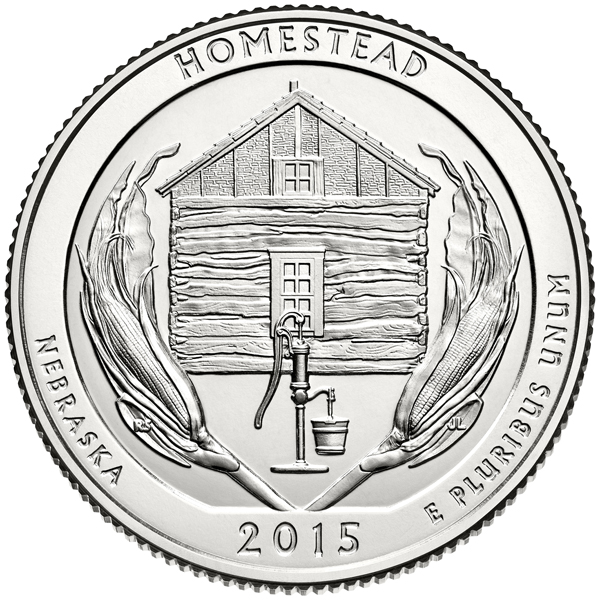Phantom W on 1998 Bullion Gold 1oz Eagle
by Ken Potter – NLG

How did it happen? Read on…
I was invited to what was dubbed a “VIP Tour” of the Philadelphia Mint that year. The group of us (all numismatic journalists) were allowed to bring in one coin each, to ask a question about.
One of them was about the 1998 “Phantom D” cent, to which Mint Sculptor/Engraver, Tom Rogers, explained the cause. He explained that the Lincoln cent was the only coin [of standard circulation issues] that did not bear a Mintmark for Philadelphia. Additionally, he stated that the tooling for the Proof Lincoln cent obverse was slightly enhanced and had to be made from a different model bearing the San Francisco Mintmark. This was not true of any the obverses for the other denominations—all of which bore a Mintmark for all Mints involved, and none of which displayed enhanced obverse designs. As such, separate tooling was made for the obverses of all the other denominations bearing the appropriate Mintmarks.
For the Lincoln cent Denver issue, it was decided to make one model that bore the Denver Mintmark. Once the model was placed into a reduction machine it cut a master hub from which master die(s), working hubs and working dies (in that order) bearing the Denver Mintmark were produced.
When it came time to create the master tools for the Philadelphia cents, they simply took a Denver hub and ground and polished the “D” away. Obviously, it turned out that slight traces of the “D” remained, and tooling all the way down the line to the working dies bore the so-called “Phantom D.” As time went on the vestiges of the “D” quickly wore away from the working hubs and from working dies as they got into their later stages.
After I reported upon this, collectors began looking harder and found “Phantom Ds” on Philadelphia Lincolns dated from 1994 through 1999 (the strongest on the 1999 cents taken from Mint Sets).
At this point it is clear that this same scenario occurred with the 1oz Gold Eagles; the Mint took a hub originally produced with a “W” Mintmark for Proof strikes and ground and polished the “W” off at least one hub that was created for the Philadelphia bullion issues (that bore no Mintmark) and struck at least some with the so-called “Phantom W.”
It is impossible to speculate on how many dates and denominations of the gold bullion pieces were produced in this manner. Rizdy sold his coin (the first reported to me) for $65 over the normal premium over the spot price of gold (for a total of $125.00 over spot).
Whether he made a good deal or a bad deal (for himself) remains to be seen. If there are very few and collectors jump on them as desirable, the price may end up much higher. Only time will tell.
Readers owning gold bullon coins for this and other date/denominations during this era, may want to check them to see what they have. You can report any finds to Numismatic News or me.
The above is part of an article Ken Potter published in NumismaticNews.net in late 2014


